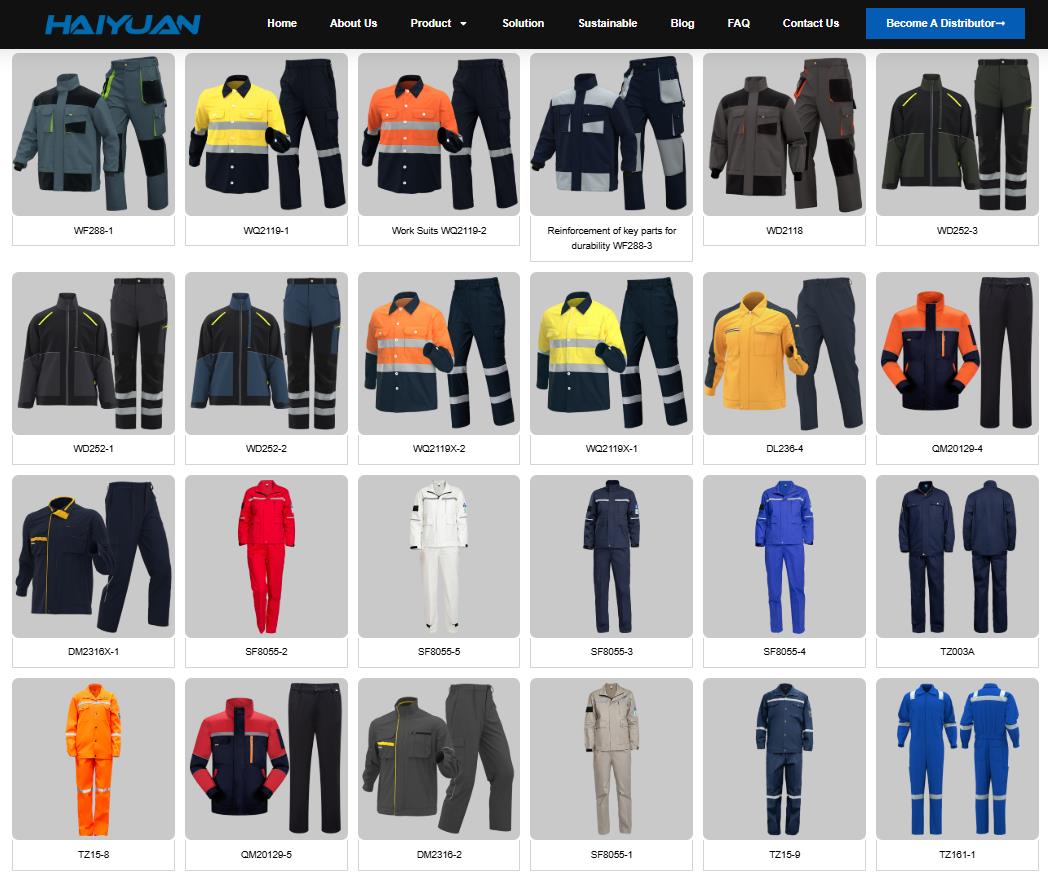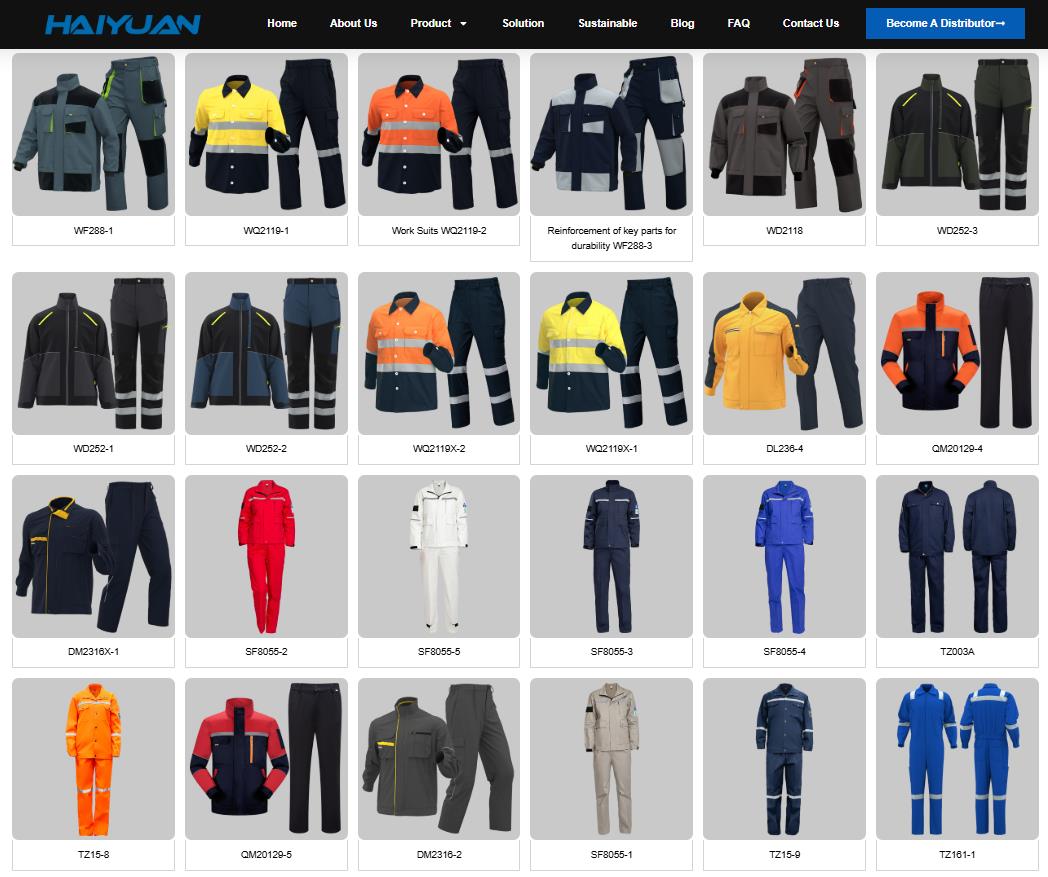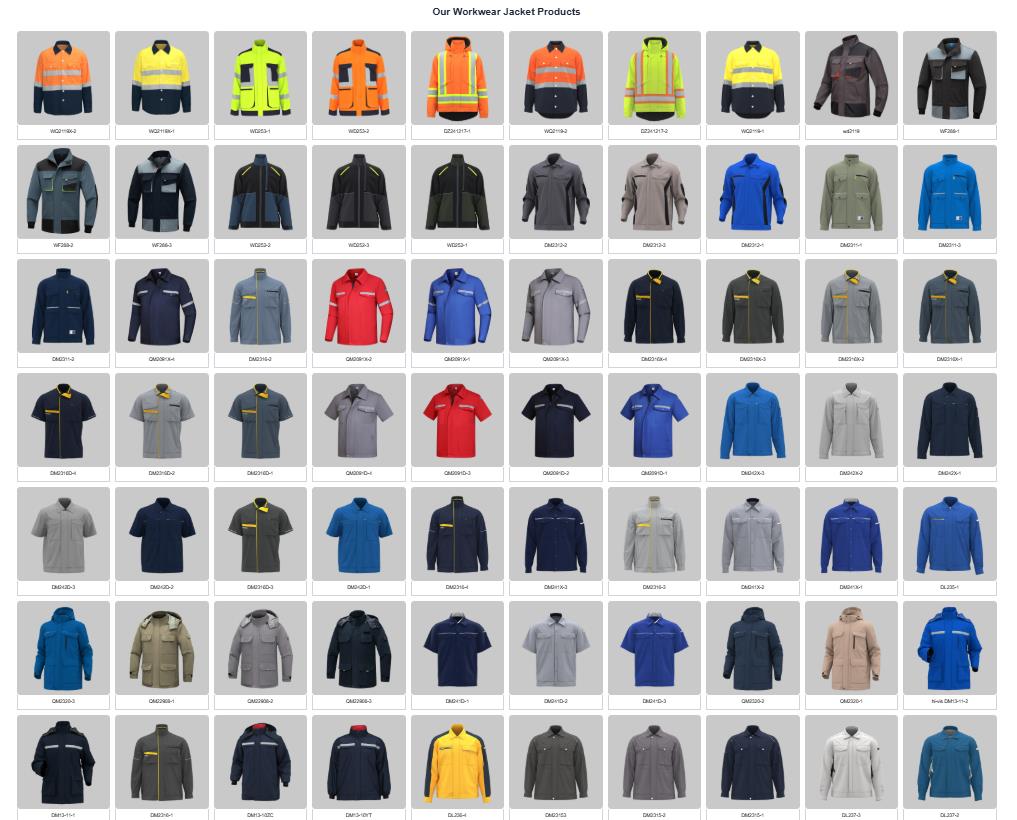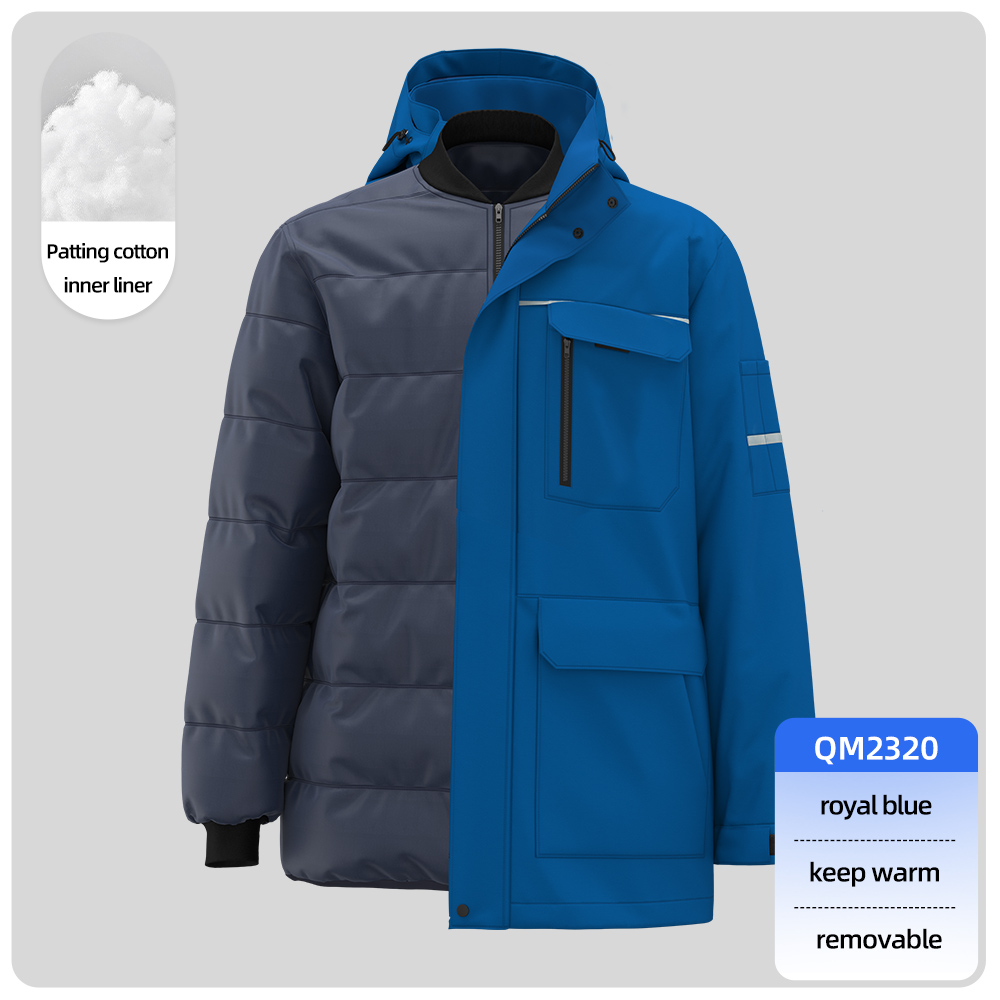Of course. Here is a practical, actionable guide for a Korean company looking to import custom work uniforms from China, tailored specifically to the South Korean import context.
A Guide for Korean Companies: Importing Custom Work Uniforms from China
For a Korean business, sourcing custom work uniforms from China offers an excellent balance of cost, quality, and customization. However, navigating the import process—especially customs clearance under the Korea Customs Service (관세청)—can be complex. The single most important step is correctly classifying your goods with the right Harmonized System (HS) code. This code determines your duty rate and import requirements.
This guide will walk you through the entire process, focusing on the critical details for Korean importers.
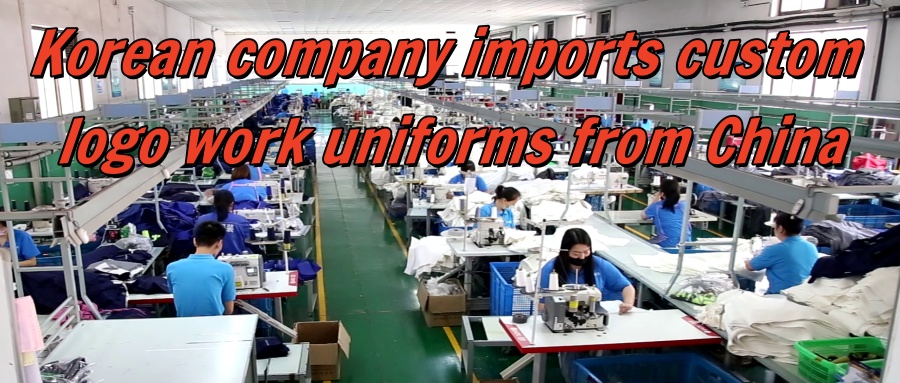
Phase 1: The Critical First Step – HS Code Classification
The HS code is the universal language of international trade. For Korea, it’s a 10-digit code where the first 6 digits are international, and the last 4 are specific to Korea.
What is the correct HS Code for work uniforms?
The answer depends on gender and material. The most common codes are:
-
For Men’s Workwear (Made of Cotton):
-
HS Code: 6203.42.9000
-
Description: Men’s trousers, overalls, and other industrial or occupational clothing, of cotton.
-
This covers items like work pants, coveralls, and jackets that are part of a uniform set.
-
-
For Women’s Workwear (Made of Cotton):
-
HS Code: 6204.62.9000
-
Description: Women’s suits, ensembles, and other industrial or occupational clothing, of cotton.
-
-
For Uniform Shirts (Knitted/Fabric of Cotton):
-
HS Code: 6109.10.1000 (Men’s, knitted) or 6110.20.1000 (Women’s, knitted)
-
HS Code: 6205.20.0000 (Men’s, not knitted) or 6206.30.0000 (Women’s, not knitted)
-
Why is this so important?
-
Duty Rate: The applicable tariff rate is based on this code.
-
Legal Compliance: Using the wrong code can lead to customs delays, audits, and penalties from the Korea Customs Service.
-
Rules of Origin: The code is essential for claiming preferential duty rates under the Korea-China Free Trade Agreement (FTA).
Action Step: Confirm the exact HS code with your Chinese supplier before shipping. A reputable supplier will know the correct code for export declaration.
Phase 2: The Step-by-Step Import Process for Korea
Step 1: Sourcing and Procurement in China
-
Find a Supplier: Use platforms like Alibaba.com or attend trade shows like the Canton Fair. Look for suppliers with experience shipping to Korea.
-
Order Samples: Always order a production sample with your exact logo and fabric. This is your quality benchmark.
-
Agree on Incoterms: The most common and practical terms are:
-
FOB (Free On Board) Shanghai/Ningbo/Qingdao: You (the Korean buyer) are responsible for the main ocean freight and insurance. This gives you control over choosing your freight forwarder.
-
EXW (Ex Works): You are responsible for all costs and logistics from the factory door in China. More work, more control.
-
Avoid DDP unless you want the supplier to handle everything (often at a higher, bundled cost).
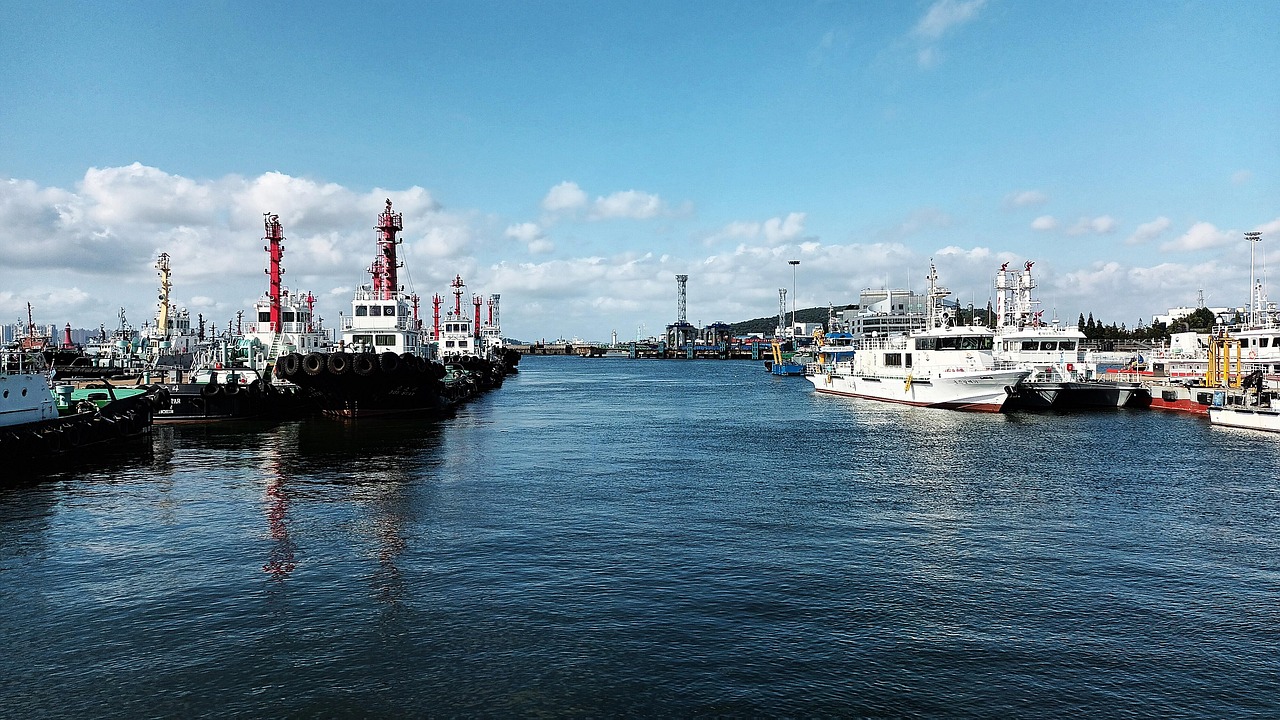
-
Step 2: Essential Documentation (From your Chinese Supplier)
Your Korean customs broker will require these documents for clearance:
-
Commercial Invoice: Must state the value, quantity, and HS code.
-
Packing List: Details the weight and dimensions of each package.
-
Bill of Lading (B/L): The title document for the cargo.
-
Certificate of Origin (COO): This is crucial for cost savings.
-
For the Korea-China FTA, the supplier must provide a Certificate of Origin Form F.
-
With Form F, the import duty on most apparel items (like HS 6203.42.9000) is 0%. Without it, you pay the standard Most-Favored-Nation (MFN) rate.
-
Step 3: Customs Clearance in South Korea
-
Hire a Licensed Korean Customs Broker (관세사): This is highly recommended. They will:
-
Submit the import declaration through Korea’s UNI-PASS system.
-
Calculate and ensure payment of duties and taxes.
-
Handle communication with the Korea Customs Service.
-
-
Pay Duties and Taxes:
-
Import Duty: The rate can be 0% with a valid Form F Certificate of Origin. Otherwise, it’s typically 13% for most workwear.
-
Value-Added Tax (VAT): Korea’s VAT is 10%, applied to the CIF value (Cost + Insurance + Freight) + import duty.
-
Education Tax: An additional 30% of the import duty amount is levied as an education tax.
-
-
Customs Inspection: Your shipment may be selected for a documentary or physical inspection.
Practical Tips and Considerations for Korean Importers
-
Freight Forwarder: Partner with a freight forwarder experienced in the China-Korea shipping lane. They can manage the ocean freight (typically from ports like Qingdao to Busan, which is very fast) and liaise with your customs broker.
-
Total Landed Cost Calculation: Don’t just look at the unit price. The true cost includes:
-
Product cost + Shipping + Insurance + Import Duty (potentially 0%) + VAT (10%) + Education Tax + Customs Broker Fees + Domestic trucking in Korea.
-
-
Quality Control (QC): Consider hiring a third-party QC inspection service in China to check the goods before they are shipped. This prevents the headache of receiving poor-quality goods and having to deal with returns internationally.
-
Logistics: The Busan port is one of the most efficient in the world. Shipping from nearby Chinese ports is very quick (often 1-2 days), making the supply chain responsive.
Summary of Key Benefits for Korean Importers:
-
Duty-Free Import: By utilizing the Korea-China FTA and providing Form F, you can import most work uniforms at a 0% duty rate.
-
Speed and Efficiency: The geographical proximity ensures fast shipping times.
-
Cost-Effectiveness: Even with all logistics and taxes included, manufacturing in China often remains significantly cheaper than domestic production.
By understanding the HS code system, preparing the correct documentation (especially Form F), and working with experienced logistics partners in Korea, your company can smoothly and cost-effectively import high-quality custom uniforms from China.
Useful links:

